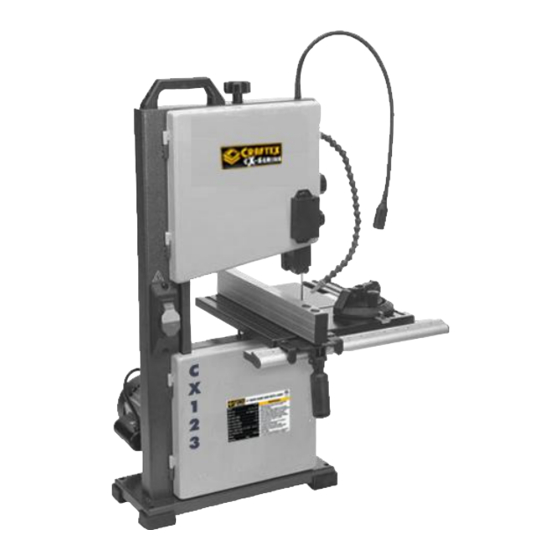
Craftex CX Series User Manual
9" wood band saw with laser
Hide thumbs
Also See for CX Series:
- User manual (49 pages) ,
- Manual (42 pages) ,
- Owner's manual (35 pages)
Table of Contents
Advertisement
Advertisement
Table of Contents













Need help?
Do you have a question about the CX Series and is the answer not in the manual?
Questions and answers